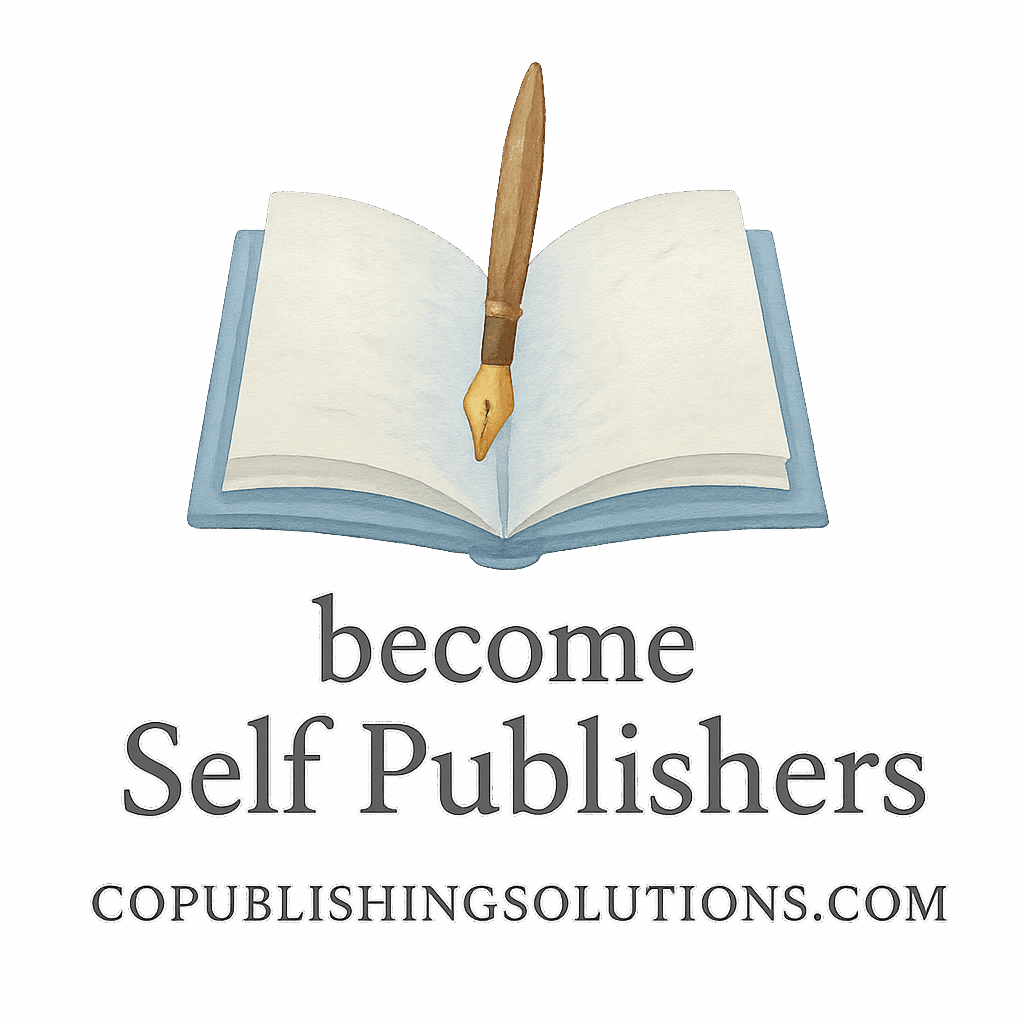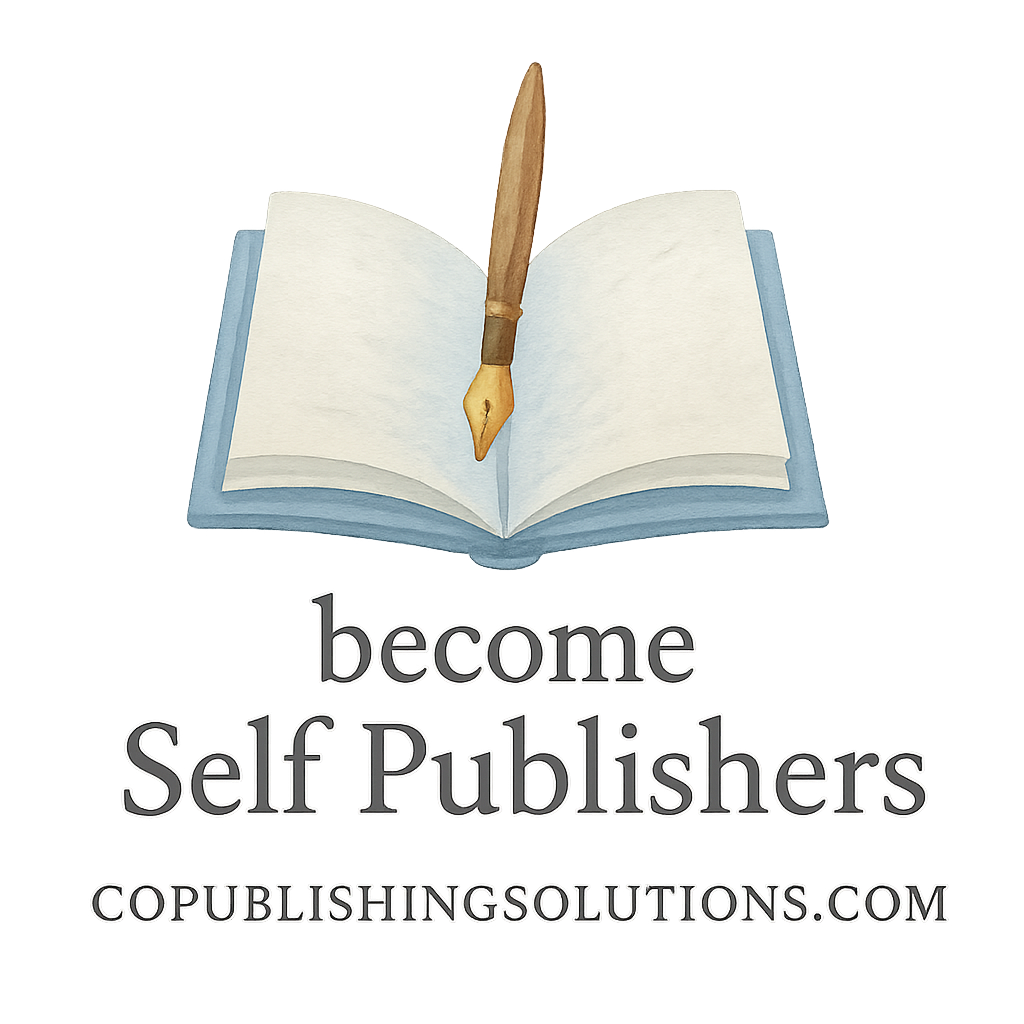Choosing the right publishing path isn’t just a one-time decision—it’s the launchpad for your book’s entire future. Whether you’re dreaming of bestseller status, aiming to build a brand, or just want to share your story with the world, asking the right questions up front will set the tone for your publishing journey.
Let’s break down the five key questions every aspiring author should ask before choosing a publishing route.
Understanding the Publishing Landscape
Before diving into the questions, it’s essential to understand the major publishing options available today.
Traditional Publishing vs. Self-Publishing
Traditional publishing is what most people picture: getting a book deal with a publishing house, receiving an advance, and having professionals take care of everything from editing to marketing. Sounds great, right?
But there’s a catch—you need an agent, the competition is fierce, and you often relinquish creative control.
On the flip side, self-publishing gives you total freedom. You control the timeline, cover design, formatting, and distribution. However, that freedom comes with responsibility—and costs.
Hybrid Publishing: The Middle Ground
Not quite ready to go solo, but don’t want to wait years for a book deal? Hybrid publishing blends elements of both worlds. You pay for services but retain more control and higher royalties.
Explore more about advanced publishing growth to see how hybrid models fit into the big picture.
Why Your Publishing Path Matters
Picking the wrong publishing route can cost you—literally and creatively.
How It Impacts Your Goals
Are you writing for legacy, influence, or income? Your publishing path must match your intent. If your goal is to scale a business, reach global readers, or build passive income, the publishing tools and platforms you choose can make or break that dream.
Financial Considerations
Self-publishing often requires upfront investment in editing, design, and marketing. Traditional publishing usually covers these—but may take years and demand a slice of your rights and royalties.
Question 1: What Are My Publishing Goals?
Before you even think about Amazon rankings or ISBN numbers, ask yourself this:
Creative Control vs. Commercial Reach
Do you care more about calling the shots or seeing your book in every Barnes & Noble across the country?
If you crave full creative freedom, self-publishing basics are where to start. But if distribution power and media connections matter more, traditional might be your game.
Are You Publishing for Passion or Profit?
Some authors write for fun, others to build a brand or funnel income. If you’re leaning toward the latter, check out our marketing and monetization guide to see what’s possible.
Question 2: What Is My Budget?
Publishing isn’t just about creativity—it’s also about cost.
Upfront Costs in Self-Publishing
From hiring an editor to designing your cover and formatting your book, expenses can add up. You’ll also need to consider things like ISBNs, software tools, and marketing strategies.
Want a breakdown? Visit our section on publishing tools and platforms to explore affordable solutions.
The Hidden Costs of Traditional Publishing
While you won’t pay upfront, you might give up a lot—like 85-90% of your royalties or the ability to republish your work elsewhere.
Question 3: How Much Control Do I Want?
This question might be the most important one of all.
Ownership of Rights and Royalties
With self-publishing, you keep your rights and earn higher royalties. With traditional, you often hand over those rights for years.
Authors looking for total control over their content should learn about formatting, layout, and book design.
Decision-Making Autonomy
Want to pick your own cover? Set your own prices? Choose your own launch date? Then traditional might frustrate you.
Self-publishing = total creative command. Period.

Question 4: Do I Have the Time and Resources?
Publishing is a marathon, not a sprint.
Time Commitment for Each Path
Traditional publishing involves long waits—months to land an agent, more to sign a deal, and often 12-24 months before release.
Self-publishing can be lightning-fast… but you’ll wear many hats.
The Importance of Publishing Tools and Platforms
Need help organizing it all? Our publishing content strategy section offers structured approaches and checklists.
Question 5: What Are My Marketing and Monetization Plans?
Even the best book needs readers.
Who Handles Promotion? You or the Publisher?
In traditional publishing, you might think the publisher handles marketing. Think again—many authors still have to hustle hard.
If you’re planning to go solo, explore self-publishing monetization strategies and set realistic income goals.
Setting Up Passive Income Streams
Books can create passive income if marketed and monetized well. Think beyond launch day: courses, speaking gigs, and more.
Evaluating the Self-Publishing Basics
Self-publishing success starts with the right foundation. From ISBNs to book pages and structure, the details matter.
Here are a few must-know basics:
- Use professional editors.
- Nail your book layout.
- Invest in a striking cover.
- Use publishing tools like Scrivener or Vellum.
Creating a Publishing Content Strategy
Think long-term. Your book isn’t a one-hit wonder—it’s a brand-builder.
Long-Term Planning for Book Releases
Plan your launch in stages. Build buzz, engage your audience, and map out future books or spin-offs.
Leveraging Co-Authoring and Collaboration
You don’t have to do it alone. Many authors are exploring co-authoring models and collaborative writing efforts. Collaboration boosts credibility and shares the workload.
Final Thoughts on Choosing a Publishing Path
Ultimately, there’s no “one size fits all” answer. Your goals, budget, timeline, and personality all play a role in the decision. The key is to ask the right questions early, weigh your options carefully, and equip yourself with the best tools and knowledge.
Whether you’re a beginner or a seasoned author, understanding your own needs is step one.
Conclusion
Choosing your publishing path isn’t just about how your book gets printed—it’s about how your story gets told, who it reaches, and how it rewards you emotionally, professionally, and financially.
So ask yourself: Do I want control or guidance? Speed or structure? Money now or prestige later?
Whatever your answer is, you’re the author of your future—literally and figuratively.
FAQs
1. What’s the best publishing path for new authors?
For beginners, self-publishing offers a quicker, more flexible route with learning opportunities.
2. Can I switch from self-publishing to traditional later?
Absolutely! Many authors get picked up by publishers after proving themselves with self-published work.
3. Is traditional publishing free?
Yes in terms of cost—but you’ll give up a cut of royalties and control over decisions.
4. How can I market my book without a publisher?
Use social media, email marketing, and tools from marketing and monetization to build your platform.
5. What is hybrid publishing?
It’s a blend of self- and traditional publishing. You pay for services but keep more control and royalties.
6. How do I set up passive income with my book?
Focus on digital products, affiliate links, and upselling courses or memberships using your book as the gateway.
7. Do I need special software to self-publish?
While not required, using top publishing tools and platforms can make the process smoother and more professional.


